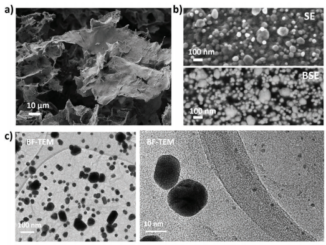
Writers: Sónia silva; Priscila Pires; Douglas R. Monteiro; Melyssa Negri; Luiz F. Gorup; Emerson R. Camargo; Débora B. Barbosa; Rosário Oliveira; David W. Williams; Mariana Henriques; and Joana Azeredo.
Keywords: Oral candidosis; co-colonization; biofilms; silver nanoparticles; nystatin
Abstract: The aim of this study was to compare biofi lm formation by Candida glabrata and Candida albicans on acrylic, either individually or when combined (single and dual species) and then examine the antimicrobial effects of silver nanoparticles and nystatin on these biofi lms. Candidal adhesion and biofi lm assays were performed on acrylic surface in the presence of artifi cial saliva (AS) for 2 h and 48 h, respectively. Candida glabrata and C. albicans adherence was determined by the number of colony forming units (CFUs) recovered from the biofi lms on CHROMagar® Candida . In addition, crystal violet (CV) staining was used as an indicator of biofi lm biomass and to quantify biofi lm formation ability. Pre-formed biofi lms were treated either with silver nanoparticles or nystatin and the effect of these agents on the biofi lms was evaluated after 24 h. Results showed that both species adhered to and formed biofi lms on acrylic surfaces. A signifi cantly (P<0.05) higher number of CFUs was evident in C. glabrata biofi lms compared with those formed by C. albicans . Comparing single and dual species biofi lms, equivalent CFU numbers were evident for the individual species. Both silver nanoparticles and nystatin reduced biofi lm biomass and the CFUs of single and dual species biofi lms ( P<0.05). Silver nanoparticles had a signifi cantly ( P<0.05) greater effect on reducing C. glabrata biofi lm biomass compared with C. albicans . Similarly, nystatin was more effective in reducing the number of CFUs of dual species biofi lms compared with those of single species ( P<0.05). In summary, C. glabrata and C. albicans can co-exist in biofi lms without apparent antagonism, and both silver nanoparticles and nystatin exhibit inhibitory effects on biofi lms of these species.




